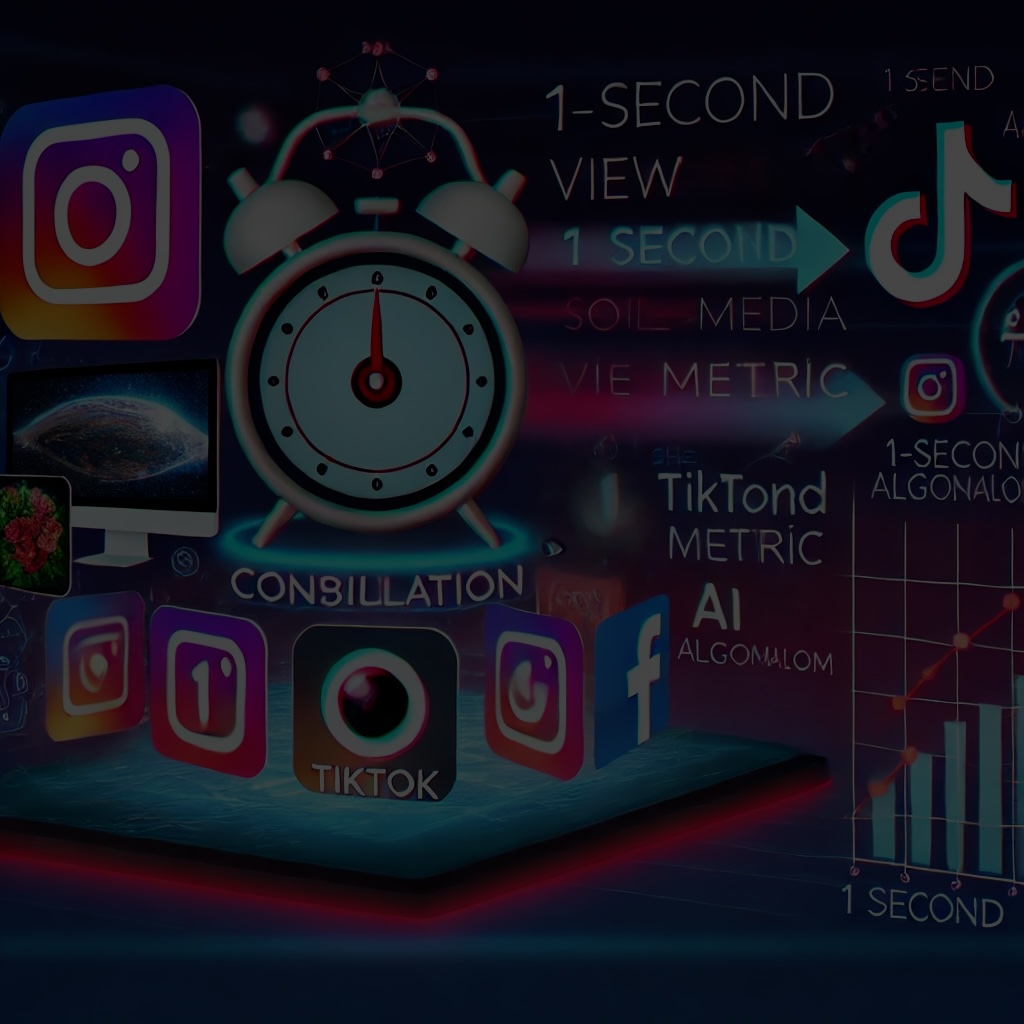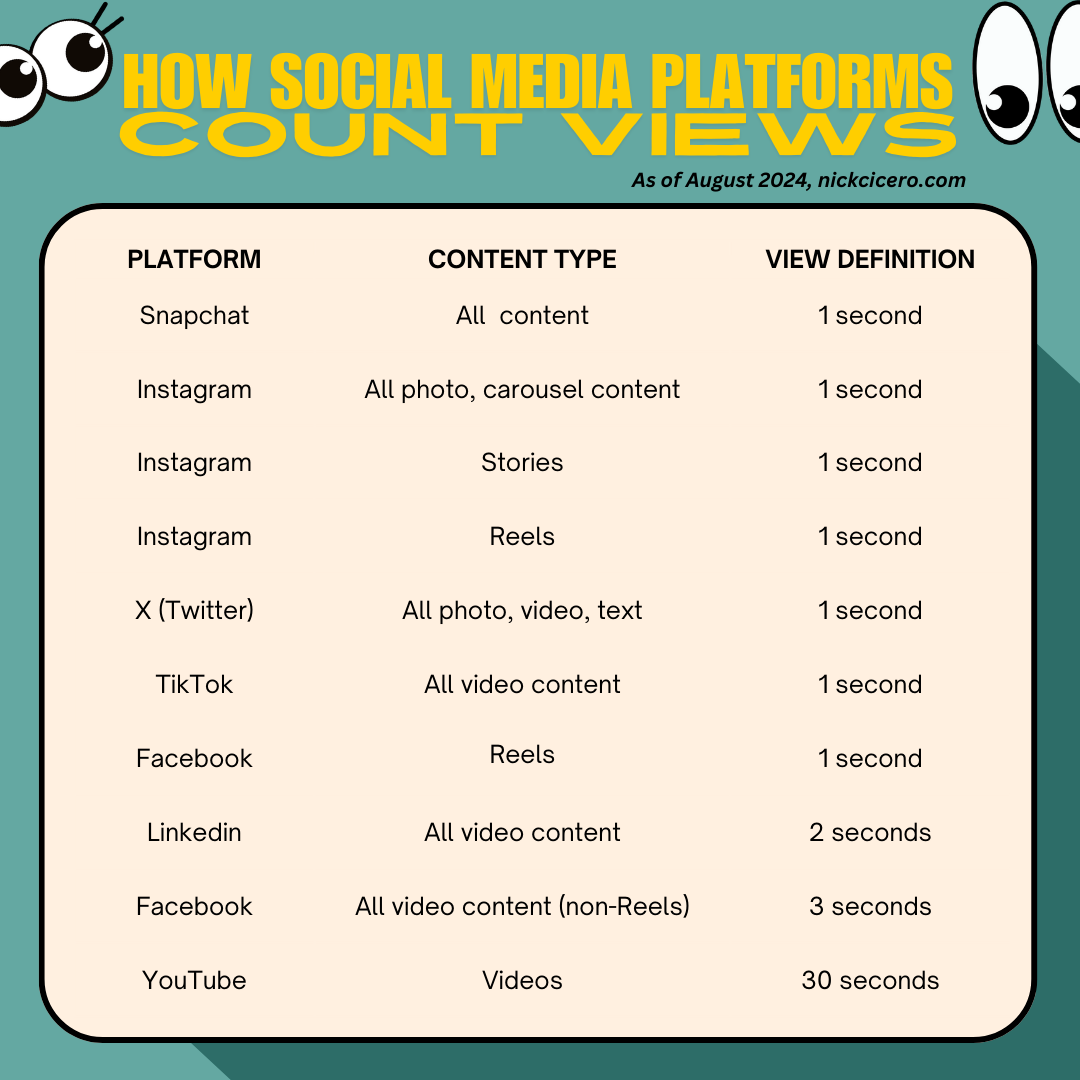Did you know just how many corporate connections there are to the iconic 1964 TV special by Rankin/Bass?
You know Dasher and Dancer, Prancer and Vixen… but do you recall the greatest hashtagcontentmarketing story of all? Yes, I’m talking about Rudolph 🎄
In the spirit of the holiday season—and the mantra “Stop thinking like advertisers. Start thinking like content creators.”—let’s break down how Rudolph became one of the most iconic examples of content marketing in history. 🦌
🎁 In 1939, Montgomery Ward needed a holiday promotion. Instead of ads, they created Rudolph the Red-Nosed Reindeer, a free storybook for families. It wasn’t a sales pitch—it was a story about belonging and individuality.
By 1949, millions of copies had been distributed and turned it into a song by Gene Autry selling 2.5 million copies in its first year alone. People weren’t singing about Montgomery Ward—they were singing about Rudolph. The story transcended its origins and became culture.
💡 In the 1960s, General Electric (GE) had a bigger idea: The GE Fantasy Hour. Instead of hard selling products, they funded family-friendly holiday programming to build emotional currency with viewers. Leveraging the now-iconic holiday story they sponsored the creation of the Rudolph the Red-Nosed Reindeer stop-motion TV special in 1964.
✅ The glowing red nose: A subtle nod to GE’s lighting expertise (and actually their product).
✅ Smart integration: GE ran complementary holiday-themed ads for lights and appliances alongside the special.
🧠 Arthur Rankin Jr. and Jules Bass weren’t just storytellers—they were ad agency veterans who knew how to blend creativity with branding. They partnered with Japan’s legendary hashtagadvertising agency dentsu and MOM Production for their pioneering “Animagic” stop-motion technique. This global partnership delivered more than content—it delivered art.
Some will say, “It was easier back then.” Fewer channels. Less noise.
Wrong. Even in the ‘60s, people hated ads. Rudolph succeeded not because there was less competition, but because it wasn’t an ad—it was a story.
Ads Are Forgotten. Stories Live Forever.
🔑 The Rudolph Playbook for Brands Today
1. Invest in storytelling: Great stories outlast campaigns. Rudolph has been running for 60 years. Will your content?
2. Empower great creators: Rankin/Bass, MOM Productions and Dentsu created something extraordinary. Trust your storytellers.
3. Create shareable moments: The song became cultural currency long before TikTok trends.
Rudolph’s journey—from a department store booklet to a global icon—is a masterclass in content marketing. It’s proof that the best brands don’t fight for attention. They earn it by creating something worth remembering.
Will your content light the way—or end up on the Island of Misfit Ads?
Happy Holidays!




There’s much to be said about the election, but as I prepare my class for students tonight I couldn’t help but make the observation that the battle for voter attention was won with long-form content. In a world where everyone’s told to “keep it short,” the winning formula proved to be the opposite.
1. The Role of Long-Form Content in Shaping Perception
Donald Trump appeared on platforms like The Joe Rogan Experience, This Week with Theo Von, Logan Paul’s Impaulsive, Full Send Podcast, Lex Friedman, The All-In Podcast, and more. These shows dominate not only in audio but in video views on platforms like YouTube, making them a unique crossover between podcasting + streaming. Kamala Harris made fewer (though still calculated) appearances on shows like Club Shay Shay, The Breakfast Club, and Call Her Daddy.
If you want to build impact, go deep — these podcasts offered an unfiltered, conversational format where audiences could see beyond sound bites. This depth resonated with voters, building trust and familiarity in a way short-form content couldn’t match.
YouTube has become the leading streaming platform in the U.S., capturing 10.4% of total TV viewership in July according to Nielsen. It’s also a key hub for long-form, with 31% of U.S. weekly podcast listeners in April 2024 choosing YouTube over Spotify and Apple.
2. Why Long-Form Content Builds Trust + Connection
Depth Allows for Real Connection: In a 2-hour podcast, a candidate can go beyond the usual talking points. This isn’t a polished TV interview—it’s a conversation. Audiences get to know the person behind the campaign, and that creates a stronger emotional bond.
Trust Builds Over Time: Authenticity shines in long-form. Listeners sense when they’re getting the real person, not just rehearsed responses. This authenticity builds trust, a currency more valuable than ever.
Endless Repurposing Potential: A single long-form podcast can generate dozens of shorter clips for social platforms. Each clip brings viewers back to the full conversation, fostering continuous engagement.
3. Takeaways:
Invest in Long-Form “Hero” Content: Don’t shy away from creating deep, valuable content. Long-form podcasts, interviews, or detailed case studies show audiences who you are and what you stand for, building trust.
Repurpose for Maximum Reach: Just like a campaign, you can stretch the impact of one long-form piece across multiple platforms by creating shorter clips. These “micro-moments” are another way to reinforce your brand’s message.
Focus on Relationship-Building, Not Just Impressions: Long-form content goes beyond views; it builds loyalty. When people see the full story, they’re not just scrolling past—they’re engaging with you on a deeper level.
Bottom Line — If you want to make an impact, don’t just chase views. The 2024 election taught us audiences are willing to invest time with content.
Long-form might just be the shortest path to building trust, loyalty, and lasting connections.